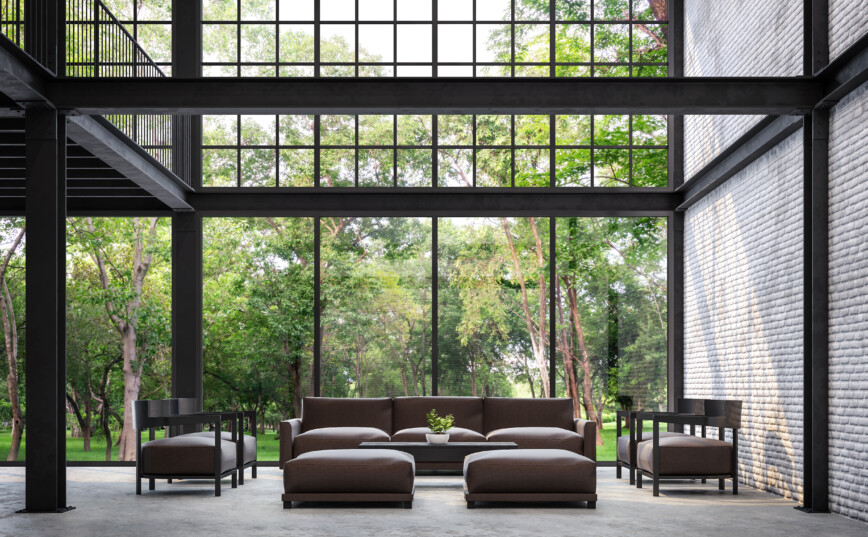Do you know how steel came to be the popular choice for glass windows frames?
Steel windows have beautiful asthetics, with their clean lines that make them look modern no matter what era the window were placed. You can find many excellent examples of steel windows around Britain, and most of the owners are reluctant to replace them because of their history and how they blend in with modern architecture.
Instead, most owners choose to restore their steel windows. If you are looking for a steel window restorer, try to visit https://metwin.co.uk for expert advice and professional service.
Early window frames
The earliest window frames used lead because the material was soft, so it was easy to wrap the soft lead around glass panes. An excellent example of this style is the mullioned façade of Hardwick Hall, which was constructed in the 16th century.

Later, timber frames became the fashionable around the Netherlands and Britain in the 17th century. During that time, stronger materials like brick and stone replaced timber buildings. The window openings became wider, and wooden sash windows became popular. The use of wooden sash windows became mandatory after the 1666 Great Fire in London.
But the traditional windows with metal frames were also popular among their followers because they presented an excellent contrast against brick or stone mullions.
Improvement in glassmaking
The invention of modern steel in 1855 and the improvement of glassmaking techniques allowed larger windows. The contemporary steel frames were not brittle like the iron of old. Soon, steel became the favoured metal to frame glass windows in hospitals, schools, office buildings, and factories. Moreover, the steel and glass windows were fire-resistant.
Their popularity did not reach the residential sector, as the windows looked too industrial. But everything changed at the start of the 20th century.
Modernist architecture
Architects of the early Modernist period liked the industrial aesthetic and graphic lines of the metal frames. Likewise, they wanted the ability steel frames offered, to hold panes of glass in much larger sizes. You can view examples of the works of famous architects, such as the 1908 AEG Turbine Hall in Berlin that has metal-framed cathedral-like windows.
Another fine example is the Fagus factory in Germany, built in 1914. Around the 1920s, many buildings used large windows as owners began to appreciate sunlight’s health and hygiene benefits.

Window manufacturer Crittall of Britain, established in 1889, produced various steel windows for the traditional and modern markets. Steel window frames were built from bars in different profiles. From the 1920s to the 1940s, steel windows were used in most buildings, and there were more than 100 individual profiles back then. Later, the most favoured profile was the Universal Range, in three sizes: small, medium, and large. It became a standard and was adopted worldwide.
Crittall and other mills have been producing Standard Metal Window (SMW) range for the light commercial and residential buildings since 1919. The global markets likewise adopted the range. Surprisingly, the range is still used today around the world, without deviating from the traditional steel window profile.
Now you have an idea of the history of steel windows. The knowledge can inspire you to appreciate the beauty and integrity of steel windows and why their popularity remains for centuries.
